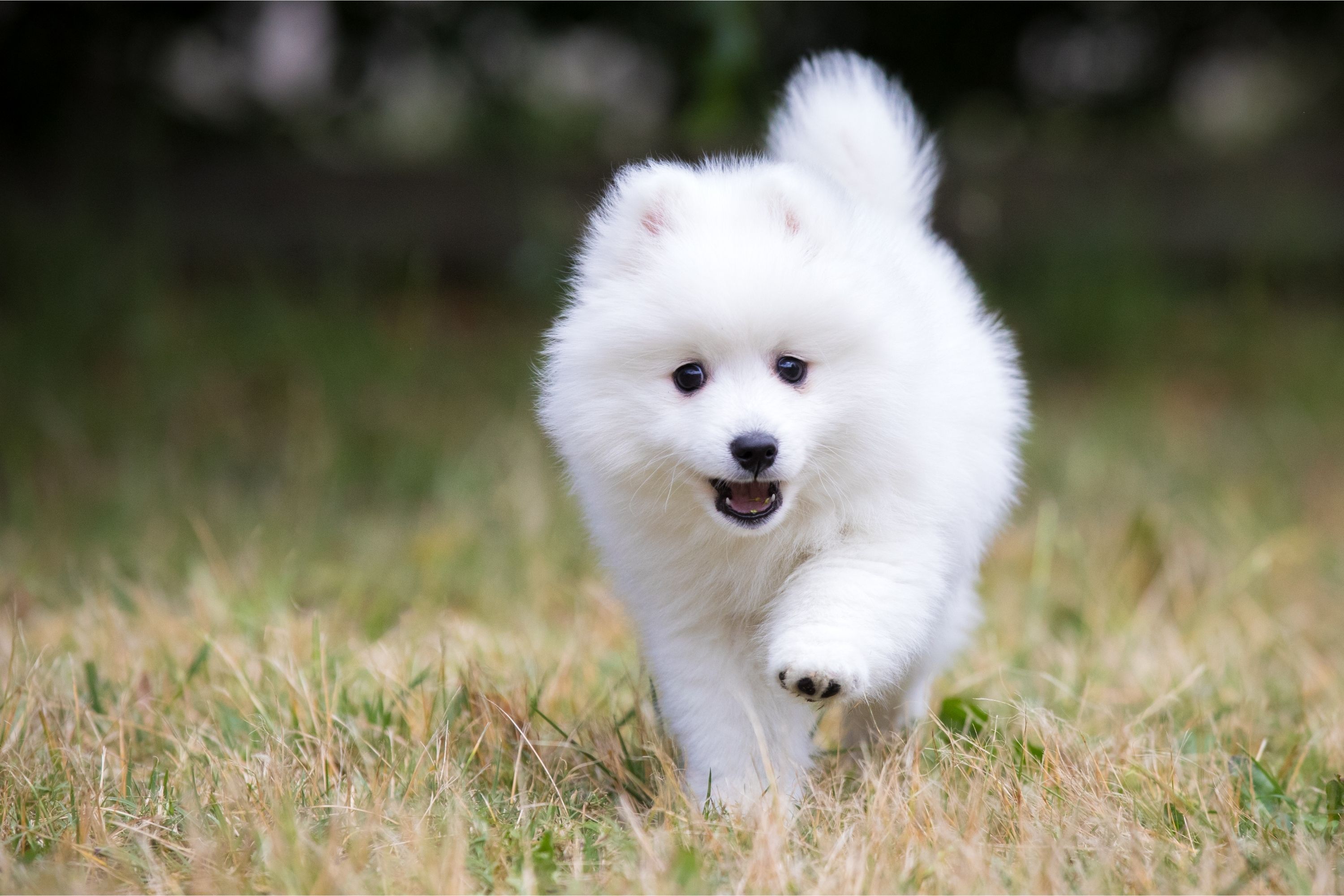Japanese Spitz
(Japanese Spitz)

Description
The Japanese Spitz dog, also known as Nihon Supittsu in Japanese, is a small to medium-sized breed of dog that originated in Japan. It is a companion dog breed that has become increasingly popular around the world because of its friendly personality, intelligence, and beautiful white coat. In this encyclopedia-style article, we will delve into the history, physical characteristics, temperament, and health issues of the Japanese Spitz dog. History The Japanese Spitz dog breed was developed in Japan during the 1920s and 1930s. It is believed to be descended from the white German Spitz dog breed, which was introduced to Japan in the 1920s. Japanese breeders selectively bred these dogs to create a breed with a longer, thicker coat, smaller size, and more affectionate temperament. The breed was first recognized by the Japan Kennel Club in 1948 and was later recognized by the Fédération Cynologique Internationale (FCI) in 1955. The Japanese Spitz was introduced to Europe in the 1970s and later to the United States in the 1980s. Today, the Japanese Spitz is recognized by major kennel clubs around the world, including the American Kennel Club (AKC) and the United Kennel Club (UKC). Physical Characteristics The Japanese Spitz dog is a small to medium-sized breed that typically weighs between 10 to 25 pounds and stands about 12 to 15 inches tall at the shoulder. They have a thick, fluffy white coat that is medium-length and stands off the body. Their fur is soft and dense, with a woolly undercoat that keeps them warm in colder climates. The breed has a wedge-shaped head, small erect ears, and a pointed muzzle. They have dark, almond-shaped eyes that are set wide apart and give them a friendly expression. Their tails are long and plumed and are carried over the back. Temperament The Japanese Spitz is a friendly, outgoing, and intelligent breed that is easy to train and loves to learn new things. They are highly adaptable and do well in almost any living situation, including apartments and houses with small yards. They are known to be excellent with children and make great family pets. They are also highly social and enjoy the company of other dogs and animals. However, they can be wary of strangers, so it is important to socialize them from a young age to prevent them from becoming too shy or timid. Health Issues The Japanese Spitz dog breed is generally a healthy breed, but like all breeds, they can be prone to certain health issues. Some of the common health issues that Japanese Spitz may experience include: Hip dysplasia: a genetic condition where the hip joint doesn't develop properly, leading to pain and mobility issues. Patellar luxation: a condition where the kneecap slips out of place, causing lameness and discomfort. Progressive retinal atrophy (PRA): a genetic condition that can cause blindness in dogs. It is important to purchase a Japanese Spitz puppy from a reputable breeder who health tests their breeding dogs to reduce the risk of these health issues. Conclusion The Japanese Spitz dog is a popular companion dog breed that is known for its friendly personality, intelligence, and beautiful white coat. They make great family pets and are highly adaptable to different living situations. While they can be prone to certain health issues, with proper care and attention, they can live long, healthy lives.
Taxonomic tree:







